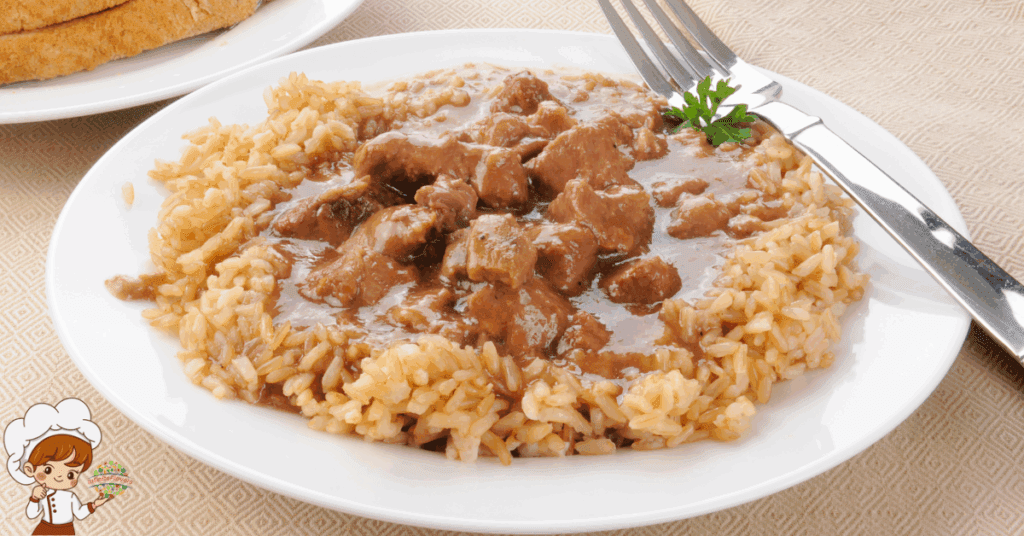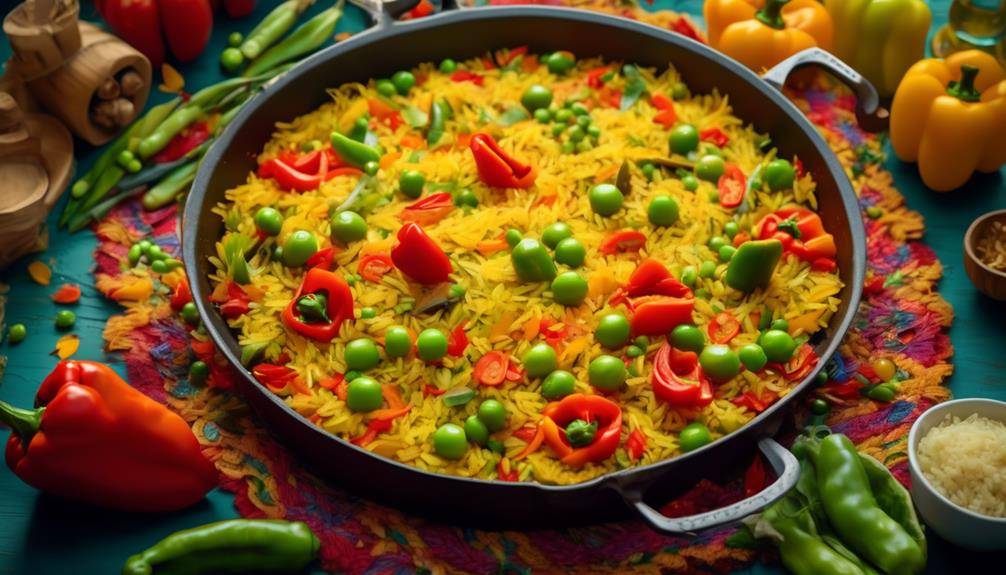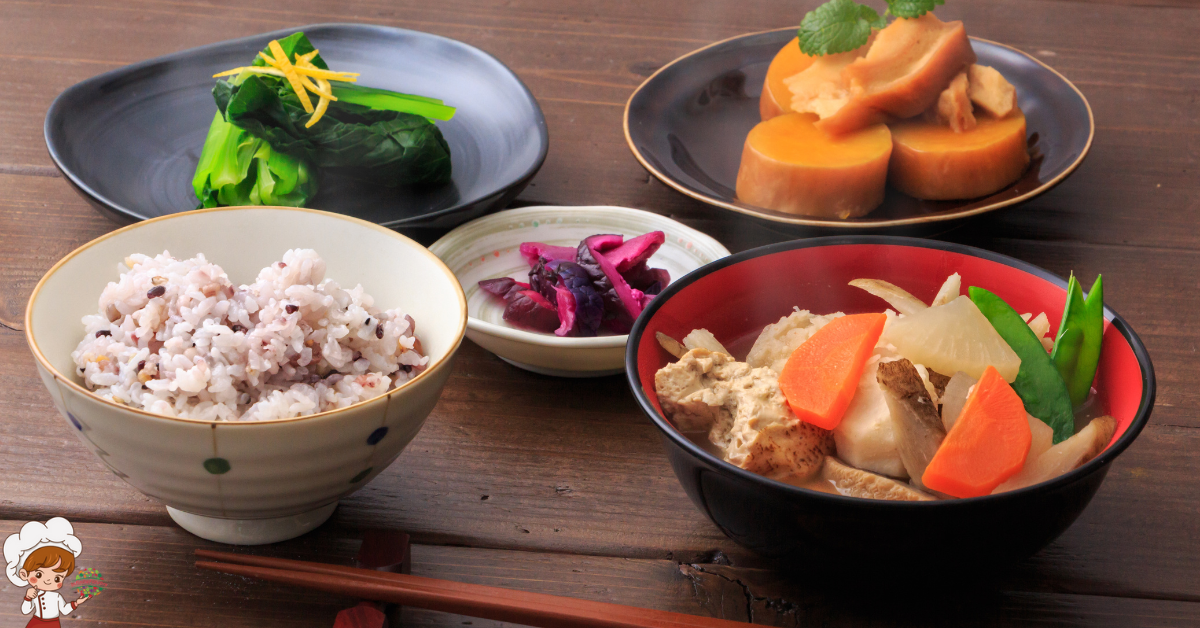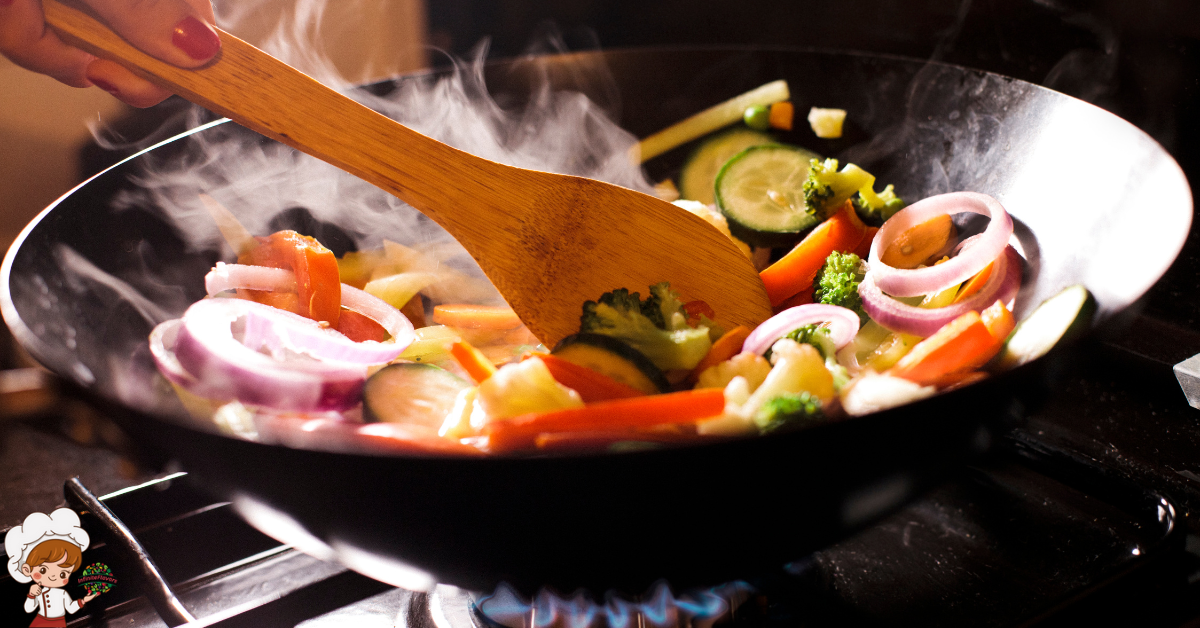The Exciting History and Origin of Beef Tips and Gravy

History and Origin of Beef Tips and Gravy; Beef tips and gravy is a dish that embodies everything people love about comfort food: hearty, flavorful, easy to prepare, and deeply nostalgic. Whether served over mashed potatoes, egg noodles, or rice, beef tips smothered in rich, savory gravy is a staple of home-cooked meals and Southern soul food traditions. Though it might seem like a simple dish, beef tips and gravy has a surprisingly rich culinary history rooted in frugality, regional American cooking, and traditional European techniques.
In this blog post, we’ll explore the origin of beef tips and gravy, how it evolved into a beloved American comfort food, and why it continues to hold its place at dinner tables and family gatherings across the country. We’ll also cover regional variations, key ingredients, and answer some frequently asked questions about this flavorful dish. Whether you’re discovering beef tips for the first time or reliving your favorite childhood meal, this guide will deepen your appreciation for this classic recipe.
What Are Beef Tips?
Beef tips are small chunks of beef, often taken from cuts like sirloin, tenderloin, or stew meat, that are browned and then simmered in a flavorful gravy or sauce. The meat is slow-cooked until tender, and the rich, savory gravy is typically thickened with flour or cornstarch.
Traditionally, beef tips are served over a starchy base like:
- Mashed potatoes
- Rice
- Egg noodles
- Biscuits
The simplicity and flexibility of beef tips make them a favorite for weeknight dinners and Sunday suppers alike.
Where Did Beef Tips and Gravy Come From?
While the exact origin of beef tips and gravy isn’t pinpointed to a specific chef or year, the dish emerged from the culinary practices of resourcefulness and frugality that are deeply embedded in Southern and Midwestern American cooking.
Roots in European Stewing Traditions
The idea of cooking smaller pieces of meat in a sauce or gravy dates back centuries. European dishes such as beef bourguignon (France), goulash (Hungary), and ragù (Italy) all involve slow-cooking tougher cuts of meat in a liquid base to enhance tenderness and flavor.
Immigrants from these countries brought their stewing techniques to the United States. Over time, they adapted these old-world recipes to local ingredients and preferences, particularly in regions where meat was abundant but more expensive cuts needed to be stretched to feed families.
Depression-Era Cooking
During the Great Depression in the 1930s, families had to make do with what little meat they could afford. Butchers often trimmed larger cuts of beef and sold the smaller chunks—tips—at a lower cost. These cuts, while tougher than premium steaks, became the basis for filling meals when simmered slowly with onions, broth, and thickening agents like flour.
Beef tips and gravy became a go-to recipe for making hearty meals from less expensive beef, particularly in rural communities, working-class homes, and Southern kitchens.
Beef Tips and Gravy in Southern Cuisine
In the American South, beef tips and gravy became a cornerstone of soul food and homestyle cooking. Southern cooks were experts at transforming inexpensive cuts of meat into flavorful, tender dishes through slow cooking and seasoning.
The use of onion gravy, a hallmark of Southern kitchens, added richness to the dish. Over time, variations appeared featuring mushroom gravy, brown gravy with Worcestershire sauce, and even red wine-based reductions in more upscale renditions.
In Southern diners and meat-and-three establishments, beef tips and gravy became a standard menu item—typically served over mashed potatoes or rice with a side of cornbread and collard greens.
The Rise of Beef Tips in American Comfort Food Culture
By the mid-20th century, beef tips and gravy had secured its place in American cuisine. It was the kind of recipe that showed up in church cookbooks, on weeknight dinner tables, and in school cafeterias. Its staying power can be attributed to a few key factors:
- Affordability: Using stew meat or beef tips allowed families to enjoy beef dishes without splurging on expensive cuts.
- Ease of preparation: A one-pot dish that required minimal effort once everything was in the pot.
- Flavor and texture: Slow cooking turned tougher cuts tender, while the gravy added richness and comfort.
- Versatility: The recipe could be easily adapted based on what was in the pantry or fridge.
As the slow cooker (Crock-Pot) gained popularity in the 1970s, beef tips and gravy became an even more accessible meal, ideal for busy families who wanted a hot dinner ready by evening.
What Makes a Great Beef Tips and Gravy Recipe?
The magic of beef tips and gravy lies in the depth of flavor and tender texture. A great recipe balances the richness of beef with the umami of onions and garlic, the earthiness of mushrooms (optional), and the silky, thick texture of a well-made gravy.
Essential Ingredients:
- Beef tips or stew meat: Chuck, sirloin, or round work well.
- Onions: For sweetness and savory base flavor.
- Garlic: Adds aromatic depth.
- Beef broth: Forms the gravy base.
- Worcestershire sauce: Adds tangy umami.
- Flour or cornstarch: For thickening.
- Salt and pepper: For seasoning.
- Optional additions: Mushrooms, thyme, bay leaves, or red wine.
Regional Variations of Beef Tips and Gravy
As with many classic dishes, beef tips and gravy varies by region and even by household. Here are a few popular twists:
Southern Style
Southern-style beef tips typically feature a brown onion gravy with simple seasonings like garlic powder, onion powder, and black pepper. The dish is often served over white rice or buttery mashed potatoes.
Midwestern Comfort
In the Midwest, especially in farming communities, beef tips are served over egg noodles, with a more pronounced use of mushrooms and even a splash of sour cream, bordering on a stroganoff-style flavor.
Cajun-Inspired Beef Tips
In Louisiana and surrounding areas, beef tips are sometimes spiced with Cajun seasoning, bell peppers, and hot sauce, creating a bolder, zestier version of the dish.
Western Variants
In Texas and the Southwest, you may find beef tips served with Tex-Mex flavors, including chili powder, cumin, and jalapeños, often served over rice or tortillas.
How Beef Tips and Gravy Remains Relevant Today
Despite changing food trends, beef tips and gravy remains a staple of weeknight dinners, slow cooker recipes, and comfort food blogs. It has enjoyed a resurgence among millennials and Gen Z for its nostalgic qualities and ease of preparation.
Social media platforms like Pinterest and TikTok have helped make beef tips and gravy popular again, with users sharing their own quick, one-pot versions or Instant Pot adaptations.
Food delivery services and meal kits have also reintroduced this classic to a new generation, marketing it as a hearty, retro-inspired dinner option.
Frequently Asked Questions: History and Origin of Beef Tips and Gravy
What cut of meat is best for beef tips?
Sirloin tips, chuck roast, or round steak are all excellent options. The key is choosing a cut that benefits from slow cooking to become tender.
Can I make beef tips and gravy in a slow cooker?
Yes! The slow cooker is one of the most popular methods for preparing beef tips and gravy. It allows the meat to become fall-apart tender and develops deep flavor in the gravy.
What’s the difference between beef stew and beef tips?
Beef stew includes vegetables like carrots and potatoes and is served as a soup or stew. Beef tips and gravy focuses more on the beef and gravy, often served over rice or mashed potatoes as a plated meal rather than a bowl.
Can I freeze beef tips and gravy?
Absolutely. This dish freezes well. Let it cool completely, store in an airtight container, and freeze for up to three months. Reheat gently on the stove for best results.
What can I serve with beef tips and gravy?
- Mashed potatoes
- Egg noodles
- White or brown rice
- Buttermilk biscuits
- Green beans or collard greens

Classic Beef Tips and Gravy Recipe
Ingredients
- Ingredients:
- 2 pounds beef stew meat chuck, sirloin, or round, cut into 1-inch cubes
- 2 tablespoons olive oil
- 1 medium yellow onion chopped
- 3 cloves garlic minced
- 3 cups beef broth low sodium
- 2 tablespoons Worcestershire sauce
- 1 teaspoon soy sauce optional, for extra umami
- 1 teaspoon dried thyme
- Salt and black pepper to taste
- 2 tablespoons all-purpose flour
- 2 tablespoons butter
- 1 tablespoon cornstarch + 2 tablespoons cold water for slurry, optional
- Optional additions: 1 cup mushrooms sliced, ½ teaspoon smoked paprika
Instructions
- Instructions:
- Brown the beef:
- Heat olive oil in a large skillet or Dutch oven over medium-high heat.
- Season beef with salt and pepper. Add beef in batches and sear until browned on all sides (about 5 minutes). Remove and set aside.
- Sauté aromatics:
- In the same pan, add a bit more oil if needed.
- Sauté chopped onions for 3–4 minutes, until soft and golden.
- Add garlic and cook for 30 seconds until fragrant.
- Deglaze and build the base:
- Add Worcestershire sauce and soy sauce (if using), scraping up any browned bits from the bottom.
- Return beef to the pan. Add beef broth, thyme, and mushrooms (if using). Bring to a simmer.
- Simmer low and slow:
- Reduce heat to low, cover, and simmer for 1 to 1½ hours, or until the beef is fork-tender.
- Stir occasionally, adding more broth if needed.
- Make the gravy:
- In a small saucepan, melt butter and whisk in flour to make a roux. Cook for 1–2 minutes.
- Slowly add a ladle of hot broth from the beef pot to the roux, whisking until smooth.
- Pour roux back into the beef mixture and stir to thicken.
- For an even thicker gravy, mix cornstarch and cold water in a small bowl and stir it in. Simmer for 5–10 minutes more.
- Adjust and serve:
- Taste and adjust seasoning with salt and pepper.
- Serve hot over mashed potatoes, rice, or egg noodles.
Beef Tips and Gravy in Modern Food Culture
As more home cooks seek out traditional comfort foods and easy, family-friendly meals, beef tips and gravy continues to thrive. You’ll find it in Southern restaurants, featured on cooking shows, and revived in new ways online.
It’s also a favorite for meal prepping, since it stores well and tastes even better the next day. Many food bloggers and influencers have shared Instant Pot and one-pan variations, making it easier than ever to prepare.
Even high-end restaurants have reimagined beef tips by using filet mignon scraps, pairing them with truffle mashed potatoes or wine-based demi-glace, showing that this humble dish can scale up with elegance.
Conclusion: Why Beef Tips and Gravy Will Always Be a Beloved Dish
Beef tips and gravy may have humble origins, but its flavor, simplicity, and heartwarming quality make it a timeless classic. Whether passed down through generations or discovered through a recipe app, this dish bridges the gap between nostalgia and convenience.
Its ability to adapt to regional tastes and modern cooking methods proves that comfort food never goes out of style. From slow-cooked Sunday dinners to weeknight Instant Pot meals, beef tips and gravy will continue to hold a special place in kitchens across America.
If you’re looking for a dish that’s hearty, budget-friendly, and bursting with flavor, beef tips and gravy is more than just a recipe—it’s a tradition.








